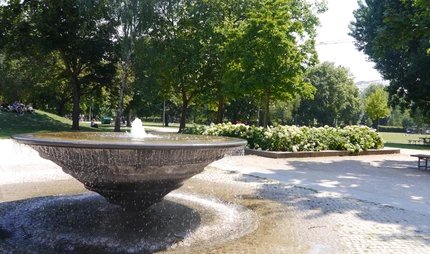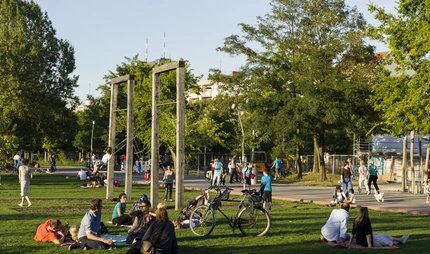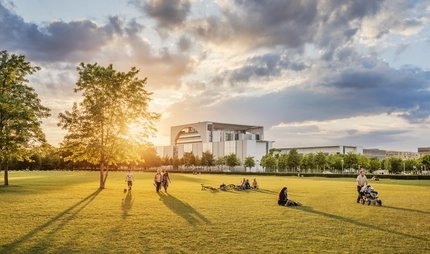
Lustgarten
Here the Electors once grew herbs and the first potatoes
The Lustgarden is perfect for a break after visiting the Museum's Island or Berlin Cathedral. It invites all those hungering for sun to come and spend some time sunbathing.
In 1573, Elector Johann Georg had a swamp near his castle drained to create room for a fruit and herb garden. The first "Tartufeln" (potatoes) were also planted in the Lustgarten. In the 17th century, the garden was transformed by the Great Elector into his own ornate pleasure garden. Under Friedrich Wilhelm I, the grass was cleared away, filled with sand and used as a parade ground. At the end of the 18th Century, Friedrich Wilhelm II replanted the park. After the establishment of a museum built by Karl Friedrich Schinkel Museum (now known as the Altes Museum), the Lustgarten was renovated in regard to its architecture and landscape by Schinkel and Peter Joseph Lenné. In the 20th Century, it underwent a further transformation, serving as a space for political gatherings. The Nazis levelled it and paved it over so it could be used for mass marches and rallies.
Today the Lustgarten’s grass once again invites all those hungering for sun to come and spend some time sunbathing. The biggest attraction at the Lustgarten was and is the granite bowl. It was considered as being a wonder of the Biedermeier era and was one of the main attractions in 19th century royal Berlin. It weighs 70 tonnes and was brought to Berlin in 1828 on a boat travelling on the River Spree. For its inauguration in 1834, a special breakfast was organised. Around 40 people were sitting in the bowl. On account of its size, it has affectionately become known in Berlin slang as the "Berlin soup bowl."
The Lustgarden is perfect for a break after visiting the Museum's Island or Berlin Cathedral.



